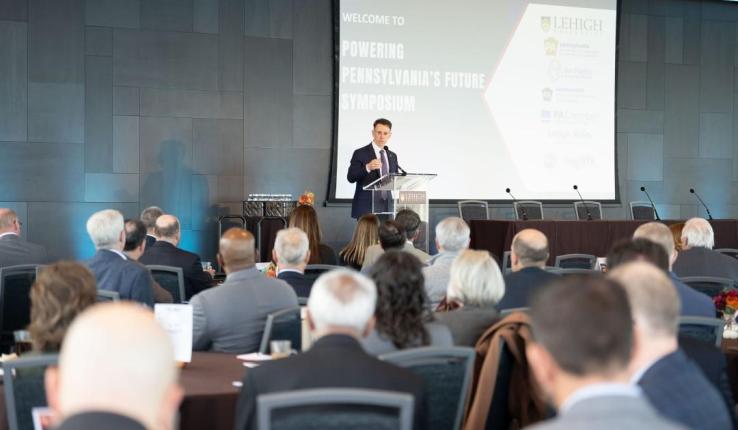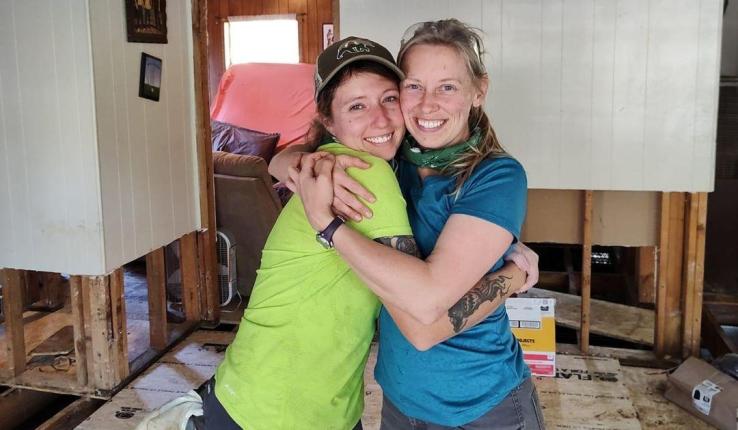“We know that there are some benefits by having fish swim together, from a performance standpoint,” he said. “They can actually swim faster when they swim together. They can actually swim more efficiently as a group than they can individually. What we're looking at is, really, understanding this better … so that ultimately we can design a school of bio-inspired robots to swim together in a beneficial way. And when [the bots] are deployed for a mission, they can go do distributed tasks, so that it's not just one bot going to do something, but they can spread out and go map an area, do reconnaissance or surveillance on other underwater vehicles, sweep for mines, or other missions along those lines.”
In addition to Moored, the principal investigators on the project are Daniel Quinn, Haibo Dong and Hilary Bart-Smith, all from the University of Virginia; George Lauder of Harvard University and Radhika Nagpal of Princeton University.
The researchers will address three key, unresolved questions to reveal the hydrodynamic principles behind schooling: What are energy-reducing schooling states? Do the organization and synchronization of fish schools make full use of hydrodynamics? And, how is high-performance schooling achieved through the fusion of hydrodynamic principles and control?
“In terms of major goals, we’re looking at a couple different things,” Moored said. “We're really trying to understand how we derive hydrodynamic benefits and what is the optimal schooling pattern in order to do that. The placement of fish within the school changes what kind of benefits are derived, but also the synchronization of their tail motion matters a lot too. We need to understand that kind of space better, of how the synchronization and placement of fish affects the hydrodynamic benefits.”
Additionally, Moored said, “There are also forces that push and pull the fish around in the school, that are derived completely from the hydrodynamic interactions between the fish. That may be linked to how the fish school is actually arranged in terms of its formation. We're trying to understand these pushing and pulling forces and whether they’re sculpting the patterns of formations that we see in real fish schools, and whether that's something we can take advantage of in a robotic system.”
Ideally, Moored said, researchers might be able to have the robotic devices swim in a specific formation by taking advantage of the right physics, rather than having to build controllers to affect their positions.
The team will build robotic devices as test beds and scientific demonstrators to prove, or disprove, hypotheses. It is currently working with two types: tuna bots developed by Bart-Smith’s team at the University of Virginia that are about eight to 10 inches in length, and blue bots created by Nagpal, who is now at Princeton, that are about five or six inches in length.
“We have plans of what we want to do, but you never know what's going to happen in the project,” Moored said. “There's always new paths that open up that you didn't perceive. And so I'm just excited to take the journey and see what's going to happen as we go through the next five years.”
At Lehigh, the project will fund one postdoctoral scholar, two graduate students and several undergraduate researchers each year. All told, some 30 to 40 researchers will be involved in the project.




